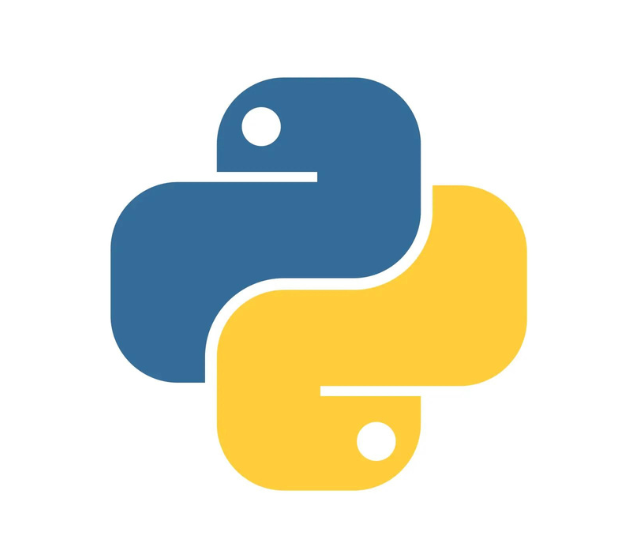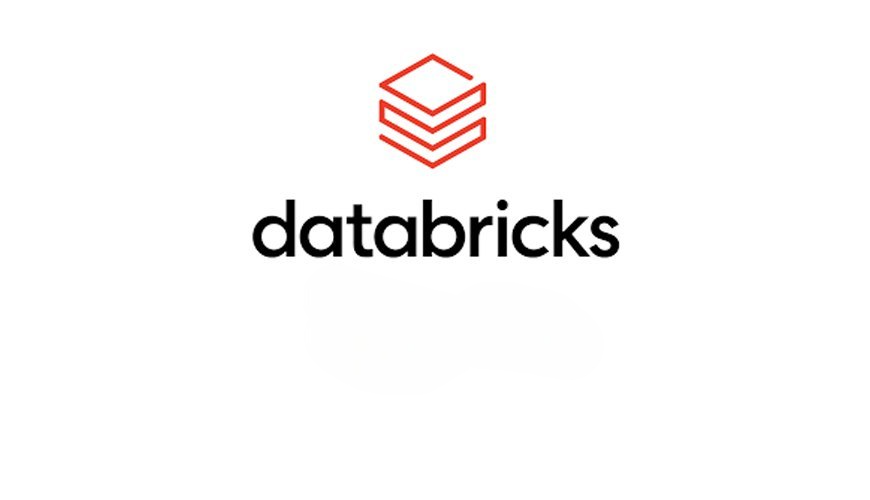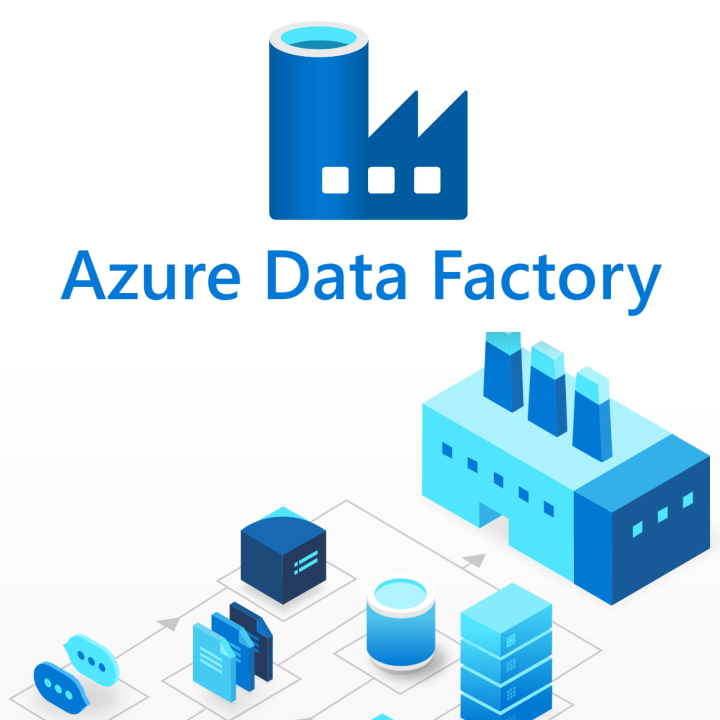
About Course
Embark on a comprehensive educational journey with our course, “Python Data Analytics.” Whether you are new to data analysis or seeking to enhance your proficiency in Python, this course is designed to take you from a beginner level to an advanced understanding of data analytics using Python. Uncover the intricacies of data manipulation, visualization, and analysis through a carefully curated curriculum that covers fundamental concepts and progresses to advanced techniques. Acquire practical skills and knowledge that are essential for effective data analysis and interpretation.
Course Highlights:
Foundations of Python:
Introduction to Python: Get acquainted with Python, understanding its syntax, data structures, and basic programming principles.
Setting Up Your Environment: Learn to set up your Python development environment with tools such as Jupyter Notebook and Anaconda.
Data Manipulation with Pandas:
Getting Started with Pandas: Discover the powerful Pandas library for data manipulation and analysis.
DataFrames and Series: Learn to create, modify, and manage DataFrames and Series for efficient data handling.
Data Cleaning: Master techniques for cleaning and preprocessing data to ensure accuracy and consistency.
Data Visualization:
Matplotlib and Seaborn: Explore the essential libraries for data visualization in Python.
Creating Plots and Charts: Learn to create various types of plots and charts to visually represent data insights.
Advanced Visualization Techniques: Delve into more complex visualizations to uncover deeper insights from your data.
Statistical Analysis:
Descriptive Statistics: Understand the basics of descriptive statistics to summarize and describe data.
Inferential Statistics: Learn techniques for making inferences about populations based on sample data.
Hypothesis Testing: Master the fundamentals of hypothesis testing and its applications in data analysis.
Machine Learning with Scikit-Learn:
Introduction to Machine Learning: Gain an overview of machine learning concepts and their significance in data analytics.
Supervised Learning: Learn techniques for supervised learning, including regression and classification models.
Unsupervised Learning: Explore unsupervised learning methods such as clustering and dimensionality reduction.
Advanced Data Analysis:
Time Series Analysis: Understand techniques for analyzing time series data and forecasting trends.
Text Mining and NLP: Learn the basics of natural language processing to analyze textual data.
Big Data Handling: Explore strategies for working with large datasets using tools like Dask and PySpark.
Practical Projects:
Real-World Applications: Apply your newfound knowledge in real-world scenarios through hands-on projects.
Case Studies: Analyze case studies to understand practical applications of data analytics techniques.
Career Development:
Industry Insights: Receive insights into industry trends and job market demands related to Python data analytics skills.
Enhancing Employability: Enhance your employability by gaining practical skills that are directly applicable to various professional roles requiring data analytics proficiency.
Embark on this transformative learning experience with our “Python Data Analytics” course and unlock the full potential of Python for data manipulation, analysis, and visualization. Whether you’re aiming to pursue a career in data science, data analysis, or business intelligence, this course equips you with the essential skills needed for success in the dynamic field of data analytics.
—
Benefits of the course
- ### Understand the Core Concepts and Principles of Python:
- - Gain a thorough understanding of Python's syntax, data types, and core principles.
- - Explore Python's versatility and how it can be used for various applications such as web development, data analysis, artificial intelligence, and automation.
- ### Master Programming with Python:
- - Learn the fundamentals of programming, including variables, control structures, functions, and error handling.
- - Understand the object-oriented programming paradigm and how to apply it in Python.
- ### Implement and Manage Python Projects:
- - Create, modify, and manage Python projects using virtual environments and package managers.
- - Develop modular and maintainable code by organizing your projects with packages and modules.
- ### Develop Advanced Python Skills:
- - Enhance your proficiency in Python by learning advanced topics such as decorators, context managers, and metaprogramming.
- - Explore Python's powerful standard libraries and how to utilize them effectively.
- ### Optimize Performance and Efficiency:
- - Learn techniques to optimize Python code for performance, such as using built-in functions, efficient data structures, and profiling tools.
- - Understand the importance of algorithmic efficiency and how to implement efficient algorithms in Python.
- ### Handle Data Processing and Analysis:
- - Master the processes for data manipulation and analysis using libraries such as Pandas, NumPy, and Matplotlib.
- - Learn to read, write, and process data from various sources including CSV, Excel, SQL databases, and APIs.
- ### Utilize Python's Advanced Features:
- - Learn about Python's unique features such as list comprehensions, generator functions, and the use of lambda functions.
- - Explore Python's capabilities for asynchronous programming and concurrency.
- ### Implement Data Security and Compliance:
- - Understand best practices for securing Python applications, including secure coding practices, data encryption, and authentication mechanisms.
- - Ensure compliance with data protection regulations when handling sensitive data in Python projects.
- ### Leverage Python for Web Development:
- - Learn how to build web applications using frameworks such as Django and Flask.
- - Understand how to integrate Python with front-end technologies and create full-stack web applications.
- ### Apply Knowledge in Real-World Scenarios:
- - Work on practical projects and hands-on exercises that simulate common challenges faced in software development and data analysis using Python.
- - Develop problem-solving skills and apply Python knowledge to create robust and scalable solutions.
Course Content
-
Why Python
-
Where Python can be used
-
How Python works internally
-
Python and IDE Installation Guide






